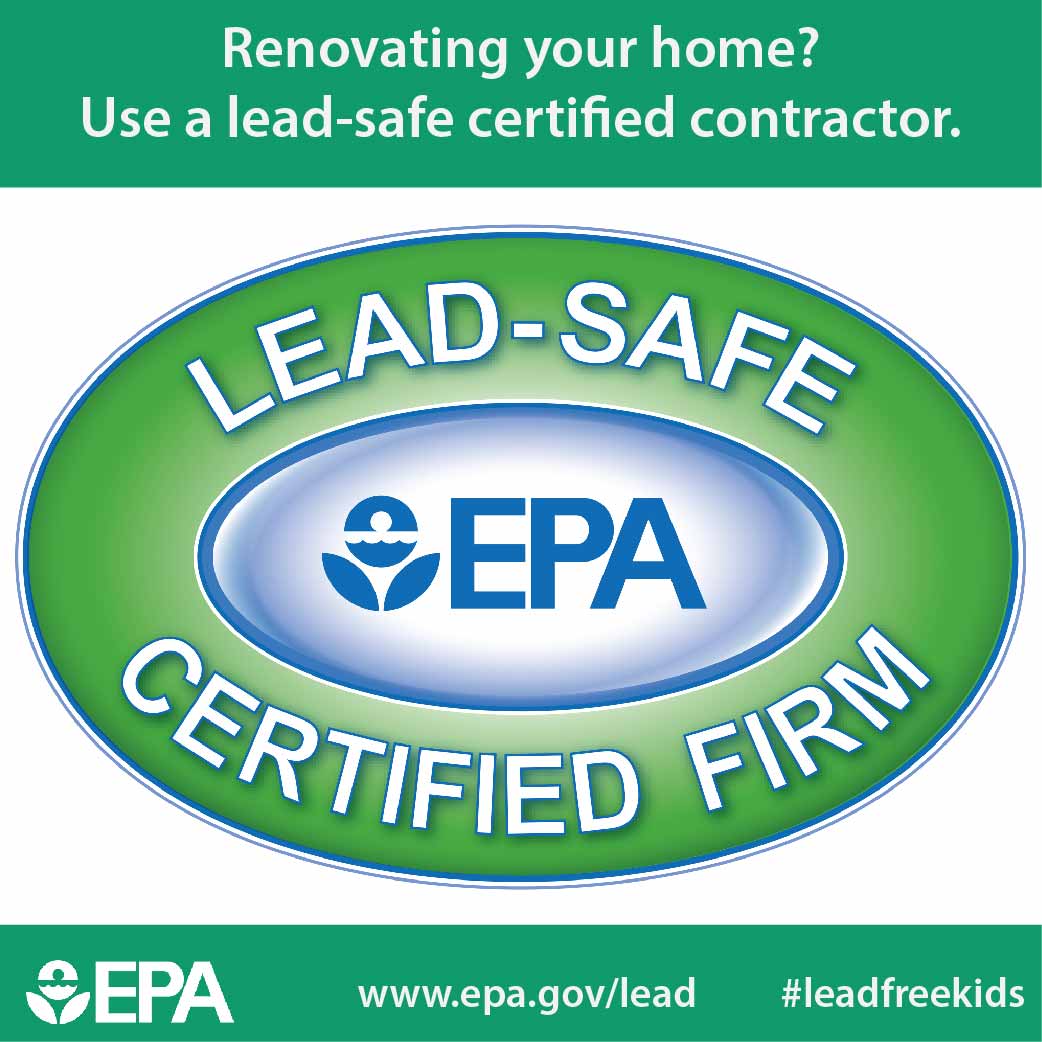Seasonal Considerations For Industrial Exterior Paint: What You Required To Know
Seasonal Considerations For Industrial Exterior Paint: What You Required To Know
Blog Article
Developed By- visit the next post
When you're preparing a commercial external paint project, seasonal factors can make or break your outcomes. You'll want to consider exactly how temperature and humidity impact paint application and drying out times. Selecting the ideal season can ensure your paint sticks effectively and lasts longer. However which periods are absolutely the most effective for this type of job? Allow's check out the crucial elements that can affect your job's success.
The Effect of Temperature Level on Paint Application
When you're intending a commercial exterior painting project, the temperature can significantly influence how well the paint sticks and dries out.
Ideally, you wish to paint when temperature levels vary between 50 ° F and 85 ° F. If it's as well chilly, the paint may not cure appropriately, bring about concerns like peeling or cracking.
On the other side, if it's too warm, the paint can dry also rapidly, preventing correct bond and causing an irregular coating.
You need to also consider the moment of day; early morning or late afternoon supplies cooler temperatures, which can be much more beneficial.
Constantly examine the manufacturer's suggestions for the particular paint you're making use of, as they often supply support on the perfect temperature array for optimum outcomes.
Humidity and Its Result on Drying Times
Temperature isn't the only environmental factor that affects your business outside painting task; moisture plays a considerable duty as well. High moisture degrees can slow down drying out times considerably, influencing the general top quality of your paint task.
When the air is saturated with dampness, the paint takes longer to cure, which can bring about concerns like poor adhesion and a higher danger of mold development. If you're repainting on an especially humid day, be planned for prolonged delay times in between layers.
It's crucial to keep track of regional climate condition and strategy as necessary. Preferably, go for humidity levels in between 40% and 70% for optimal drying out.
Maintaining these factors in mind ensures your project remains on track and provides a lasting coating.
Best Seasons for Commercial Exterior Paint Projects
What's the very best season for your commercial outside paint tasks?
Springtime and early loss are usually your best bets. Throughout these periods, temperature levels are moderate, and humidity degrees are commonly reduced, creating excellent problems for paint application and drying.
Stay clear of summer's intense heat, which can trigger paint to completely dry too swiftly, bring about poor adhesion and surface. In a similar way, winter season's chilly temperature levels can prevent correct drying and treating, running the risk of the durability of your paint work.
Go for days with temperature levels between 50 ° F and 85 ° F for ideal results. Remember to check does paint have a shelf life for rainfall, as wet conditions can spoil your project.
Planning around should walls and ceilings be the same color ensures your paint job runs smoothly and lasts much longer.
Verdict
To conclude, planning your commercial external paint jobs around seasonal factors to consider can make a considerable difference in the result. By scheduling work throughout the ideal temperature levels and humidity degrees, you'll make sure better bond and drying out times. Remember to keep an eye on regional weather prediction and choose the correct time of year-- springtime and very early autumn are your best bets. Taking these actions will aid you attain a long lasting and specialist finish that lasts.
